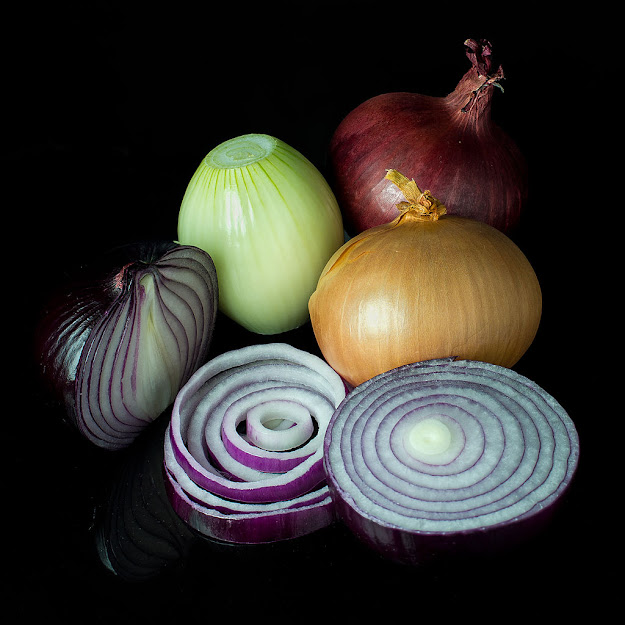As semi-automatic magazine-fed handguns and rifles are the two most common categories of firearms currently encountered, I thought it would be useful to go over the different types of magazines as well as some details on their care and maintenance.
Detachable
magazines come in two main types: single stack and double stack. Single stack magazine have the cartridges
lined up one above another, creating an even column of rounds. This makes for a slim profile, but limits
capacity in magazines of reasonable length.
With
double stack magazines, the cartridges are staggered in a zig zag pattern.
Basically, two columns of rounds offset by half a cartridge diameter. This provides for more capacity in the same
length, but at the cost of a wider magazine.
 |
| Magazine Types |
In single
feed, the rounds are positioned to the centerline of the magazine and then
stripped out by the firearm mechanism.
All single stack, and the vast majority double stack, handgun magazines
operate this way.
With
double feed, the rounds are presented first to one side then the other and are
stripped out by the mechanism alternately left then right. Nearly all rifle and sub-machine gun
magazines are of the double stack, double feed design.
 |
| Single Feed (L) vs Double Feed (R) |
This feeding characteristic also affects how magazines are loaded. At the top
of a magazine, the sides of the magazine body come towards the middle and hold
the cartridges in place. These are called the feed lips.
On a
single feed magazine, the space between the feed lips is smaller than the
diameter of a cartridge. This means that when being loaded, the round must push
down the follower, or preceding round, in front of the feed lips and then be
pushed to the back. Once in place, the
pressure of the magazine spring will hold the round against the inside of the
feed lips and prevent it from coming out until needed.
On double
feed magazines, the space between the feed lips is wider than a single
cartridge. This means that you can load
rounds into the magazine by aligning them at the back and pushing straight down
until they’re retained by the feed lip on one side or the other.
After some
use, just like any other component, magazines need to be cleaned. At a
minimum, the follower, feed lips, and outside of the magazine body should be
wiped down with a solvent dampened cloth. Avoid getting solvent or oil inside
the magazine body as this can contaminate the ammunition, potentially causing misfires, hangfires, or squibs.
If they’re
really grungy, magazines may need to be disassembled for thorough cleaning. This can be simple, tricky, or profanity-laden, depending on the design.
Warning: Magazines
contain compressed springs! Wear eye protection and take reasonable
precautions throughout this process.
- With the empty magazine in hand and the base on a firm surface, use a non-marring tool to depress the follower about halfway down.
- Use a punch or pin through one of the witness holes to trap the spring in this position.
- Make sure the follower is still free to move.
- Invert the magazine and the follower should fall out. This may require a little gentle shaking or slight manipulation.
- With the follower out, position the mouth of the magazine over a soft pad and carefully remove the cross pin. The spring will release with some force.
- Take note of the orientation of the spring as it’s removed from the magazine body. This is important for proper function.
- At this point, the magazine is fully disassembled and can be cleaned.
- Make very sure no solvent or oil is left on the spring or inside the magazine body. The best things to use on magazine internals are dry lubes, like Mag Slick by Krunch Products.
 |
Stripped Single Stack Magazine |
Magazines with removable baseplates generally disassemble in a consistent manner:
- Remove the baseplate. This may be easy, or it may require a special tool.
- Once the baseplate is removed, there may be a locking plate in there, or only the spring and follower. The spring in double stack magazines is also under tension, so make sure there’s a way to control it before the baseplate is all the way off.
- The follower may be attached to the magazine spring or it may rest on top, held in place by spring pressure.
- Once again, take note how things fit together.
 |
Stripped Double Stack Magazine |
Reassembly for all types of magazines is generally the reverse of how they were taken apart.
In addition to cleaning, you will also need to perform occasional maintenance. Springs weaken from cycling, not from load; what this means is that if I were to load a magazine and leave it in a comfortable environment for fifty years, that spring would be just as strong as the day it was loaded. However, if you take that same magazine and load and unload it twice a day for a few months, the spring will be noticeably weaker.
One way to
tell it might be time to replace the magazine spring is if a specific magazine
stops locking the slide or bolt back after firing the last round in a
semi-automatic firearm. This can have
other causes, but if it’s a particular magazine, replacing the spring is a
simple solution.
Sourcing
springs is not a problem. Wolff Gunsprings has springs for pretty much any
firearm, both modern and vintage. They can also be sourced from Brownells and
other resellers.
If we take
care of our magazines, our magazines will take care of us.

















